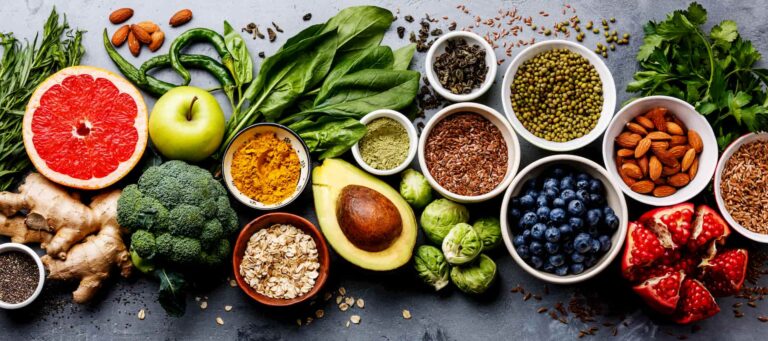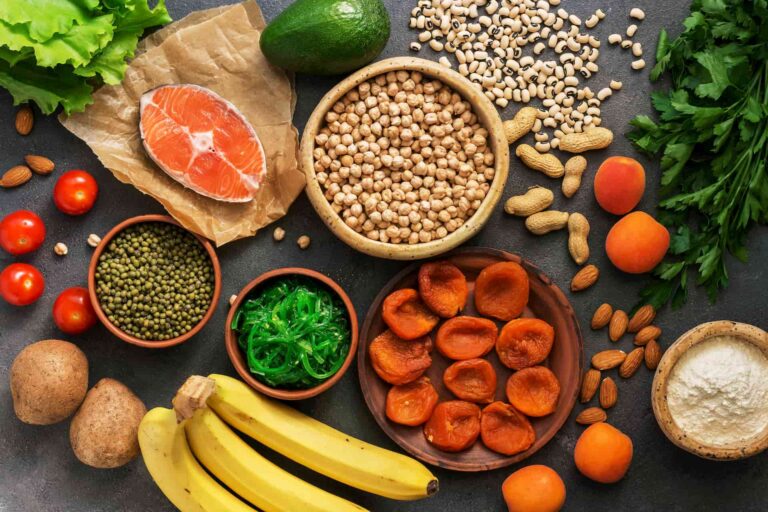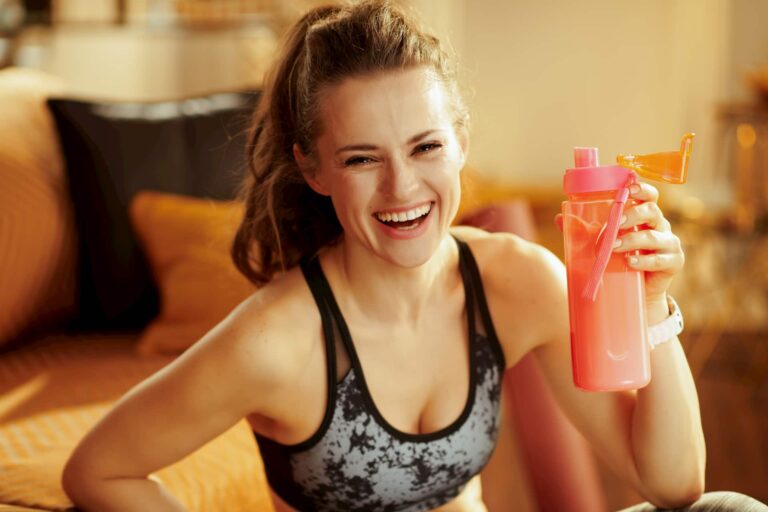
Dietary supplements for athletes: what are the main ones?
The basis of good health is always a varied and balanced diet. Athletes […]
Anyone who practises sport on a competitive level will have already heard of iron deficiency and low levels of Haematocrit and Haemoglobin. This is a condition that can manifest itself after a series of particularly intense close training sessions or when practising endurance sports, which require prolonged exertion. Let’s find out the causes of low haematocrit and low haemoglobin after sport activity with an in-depth article dedicated to both professional athletes and people who practice sport in their spare time.
The causes leading to a clinical picture of low haematocrit and low haemoglobin values may differ. In this in-depth article, we will deal manly with a specific condition that may affect healthy people without previous pathologies.
Iron deficiency is a condition that may occur in athletes after intense and prolonged physical exertion. This condition may be sometimes associated with low haematocrit, low haemoglobin, ferritin in the normal range and MCV (Mean Corpuscular Volume) in the normal range.
The causes that determine this specific condition after intense and prolonged physical activity may be:
Even people who do not practise sports professionally – and who are not trained to cope with an intense and prolonged physical workload – may present iron deficiency. In athletes, a condition of low haemoglobin and low iron can be accentuated by blood loss associated with the menstrual cycle.
Sometimes, low haematocrit and low haemoglobin may be added to low iron values. An iron deficiency associated with sport activity may manifest itself with symptoms such as general tiredness, heavy legs and difficulty recovering after physical exertion.
The causes of iron deficiency may differ. The main causes are low dietary intake, diseases that cause a malabsorption of iron in the intestine (e.g., Crohn’s disease, coeliac disease) and specific physiological conditions that lead to an increased body iron requirement. In women, for example, iron deficiency may be associated with menstruation, pregnancy and breastfeeding. In children and adolescents, it is growth that requires more iron.
When the values of Haemoglobin and Haematocrit are mildly below normal range resting may be enough to bring the haematocrit and haemoglobin values back to normal, while it is different the case where there is a pre-existing condition of iron deficiency.
An iron deficiency can affect athletic performance both in training and competition. Athletes who practice endurance sports and suffer from iron deficiency usually follow an iron-rich diet.
When there is a clinical picture with low haematocrit, low haemoglobin and iron deficiency, it is important to try to bring the values of iron in the body back to normal. Nutrition is the first useful approach to overcome iron deficiency. Consuming food rich in iron and vitamin C (an essential nutrient that increase iron absorption and overcomes the formation of free radicals) can help to maintain iron levels in cases of mild deficiencies.
When a varied and balanced diet is not sufficient to ensure the normal supply of iron to the body, food supplements containing iron, vitamin C and B vitamins can be useful.

The basis of good health is always a varied and balanced diet. Athletes […]

Agonistic athletes may be subject to iron and haemoglobin level below normal range. […]

Sportsmen and sportswomen know how important a varied and balanced diet is, which […]

Serum iron indicates the amount of “circulating iron” in the body, i.e., the […]

Those who practice endurance sports or sports that require great physical endurance know […]
The technology that guarantees the best absorption of Iron.
Find out moreRegistered Office Via Campodavela, 1 56122 Pisa
Tel. +39 050 7846500
Fax +39 050 7846524
C.F. / P.Iva / Reg. Impr. 01679440501
Cap.Soc. € 1.123.097,70
I.V. | REA 146259
pharmanutra.it